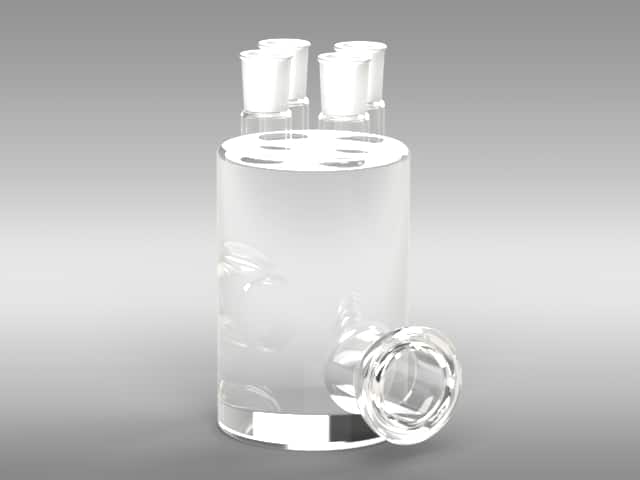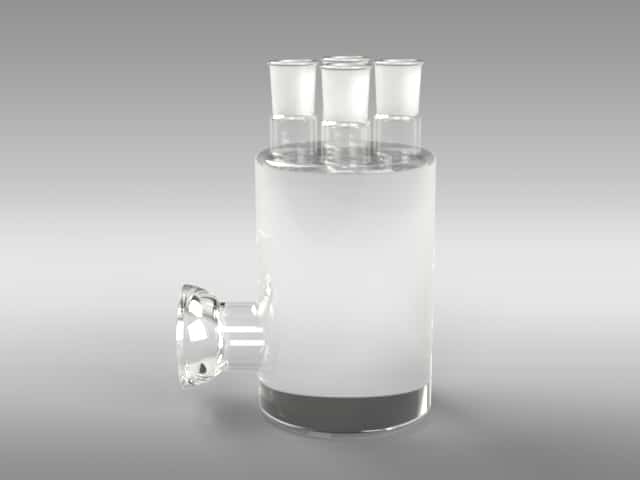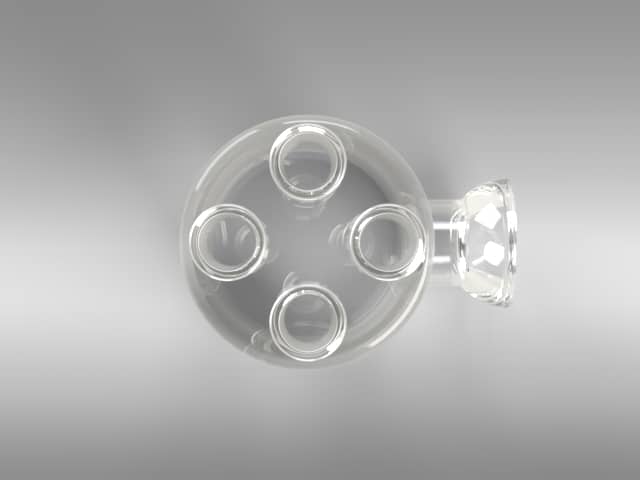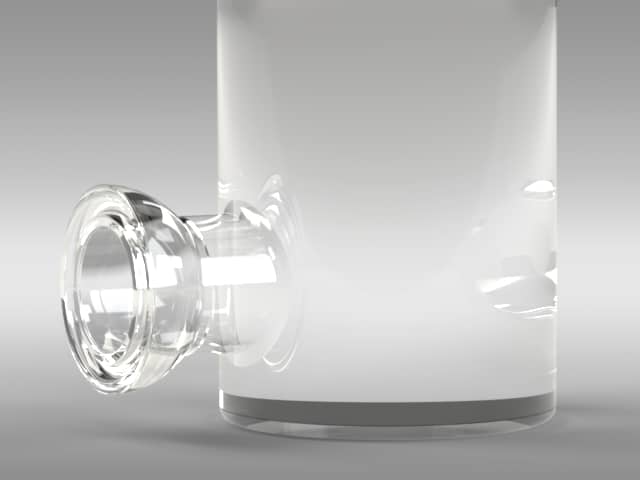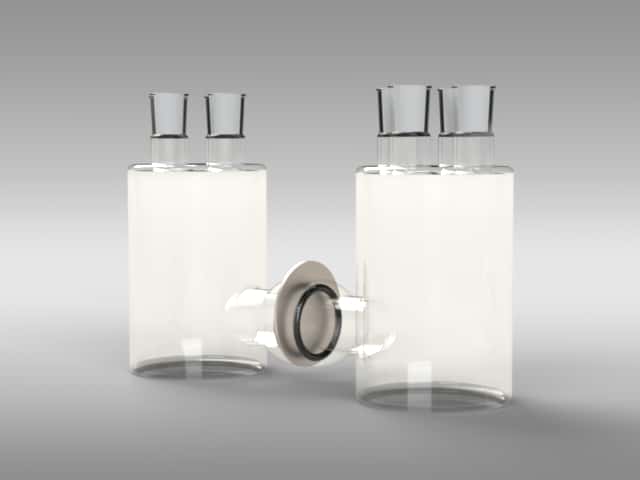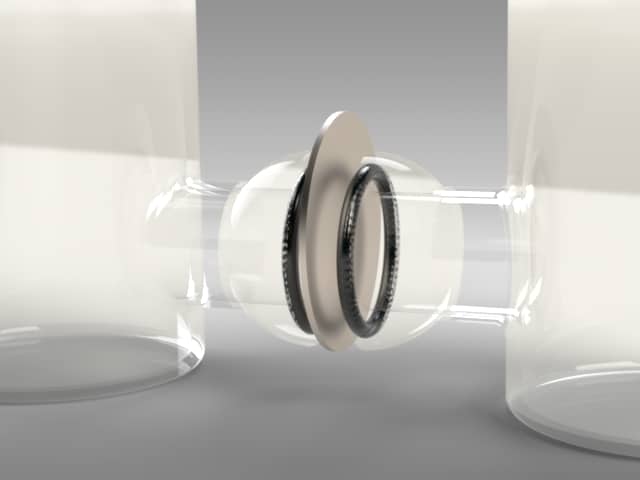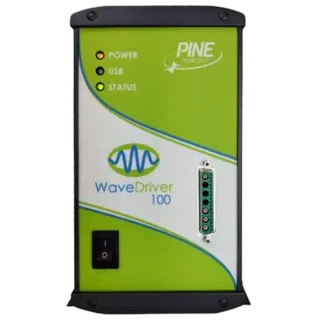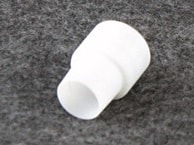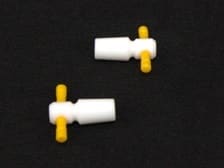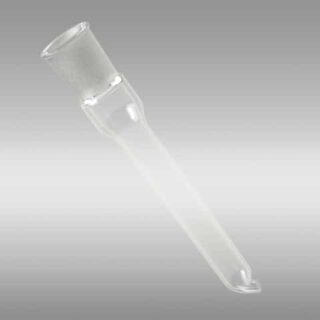Devanathan-Stachurski Hydrogen Permeation Half Cell (One Half Cell Only)
This hydrogen permeation cell, also known as a Devanathan-Stachurski cell, is used to study corrosion via permeation of hydrogen through a thin disk of metal (typically steel). A complete setup includes two cells, several electrodes/accessories (see pricing table below), as well as two fully-floating potentiostats (all sold separately). This setup is designed to meet standards from procedure ASTM G148.
This product is available in related kits. View related kits in the tab below.
Customers must be logged into their account to view prices. Not all regions provide pricing online. If you do not see prices, you can obtain them from the designated sales channel in your region.
This hydrogen permeation cell, also known as a Devanathan-Stachurski cell, is used to study corrosion via permeation of hydrogen through a thin disk of metal (typically steel). A complete setup includes two cells, several electrodes/accessories (see pricing table below), as well as two fully-floating potentiostats (all sold separately). This setup is designed to meet standards from procedure ASTM G148.

